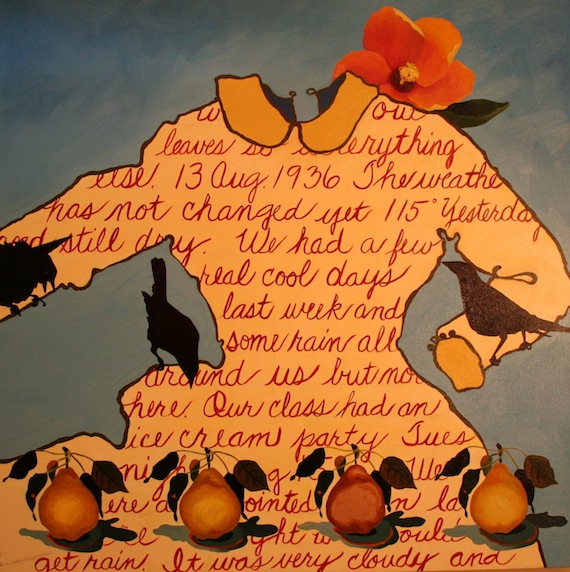
The Legacy of Margaret Sanger: On Sabrina Jones’s ‘Our Lady of Birth Control’
When we consider “life-changing” advances we tend to think of things like electricity or automobiles. Birth control never makes the list. But the ability for women to take a pill and choose when or whether to get pregnant is revolutionary.


